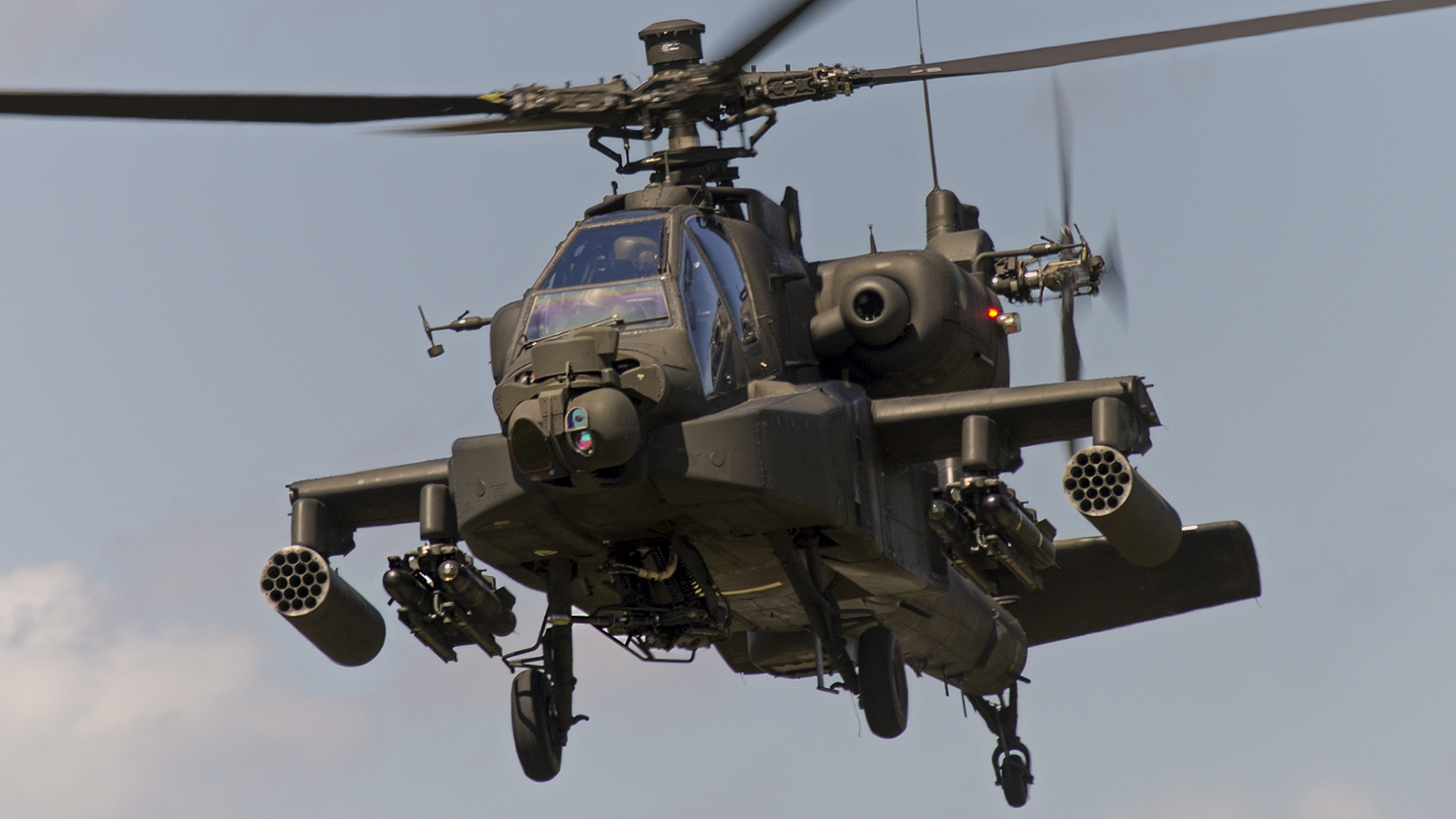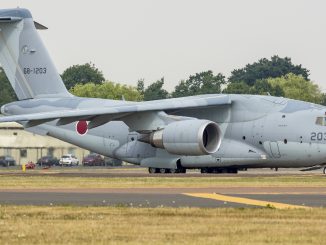
The Kawasaki Ki-100 was a fighter aircraft used by the Imperial Japanese Army in World War II. The Japanese Army designation was “Type 5 Fighter”. This derivative of the Ki-61 Hien was the best Japanese Army fighter to see service in the war.
Developing nation: Japan.
Manufacturer/designer: Kawasaki Heavy Industrie.
Production line: Kagamigahara and Ichinomiya factory, Japan.
Type aircraft: Fighter Aircraft.
First flight: 1 February 1945.
Produced: 1945.
Built: 395
The Kawasaki Ki-100 could intercept high-flying Boeing B-29 Superfortresses as well dogfights with Grumman F6F Hellcats. In one occasion a unit of Ki-100s tangled with Hellcats, and destroyed 14 of them without any loss at Japanese side.
The Ki-100 was easy to handle, making it suitable for the large number of newly trained but inexperienced pilots being produced in Japan in the last few months of the war. Even so these new pilots were shot down in large numbers, often without achieving anything. As an example of the large numbers of aircraft lost, the 111th Regiment was given around 150 Ki-100s in the short period it operated the aircraft. Given that its normal complement of aircraft was only 57, nearly 100 fighters were lost in a short time.
Variants
- Ki-100 (prototypes): one batch of Kawasaki Ki-61 II KAI with radial engine. 3 built as such.
- Ki-100 I-Ko: Fighter Type 5 of Army (Mark Ia) initial model of series, KI-61 II KAI modified. 271 built as such.
- Ki-100 I-Otsu: (Mark Ib) full-vision canopy. 118 built as such.
- Ki-100 II (prototypes): engine Mitsubishi Ha-112-II Ru with turbocharger, 1,120 kW (1,500 hp). 3 built as such.
- Total production: 395 examples.
General characteristics
- Crew: 1
- Length: 8.82 m (28 ft 11 in)
- Wingspan: 12.00 m (39 ft 4 in)
- Height: 3.75 m (12 ft 4 in)
- Wing area: 20 m² (215 ft²)
- Empty weight: 2,525 kg (5,567 lb)
- Loaded weight: 3,495 kg (7,705 lb)
- Powerplant: 1 × Mitsubishi Ha 112-II radial engine, 1,120 kW (1,500 hp) at take off
Performance
- Maximum speed: 580 km/h (313 kn, 360 mph) at 6,000 m (19,700 ft)
- Cruise speed: 400 km/h (217 kn, 249 mph)
- Range: 2,200 km (1,189 nmi, 1,367 mi)
- Service ceiling: 11,000 m (36,090 ft)
- Climb to 5,000 m (16,400 ft): 6 min
Armament
- Guns: 2 × 20 mm fuselage-mounted Ho-5 cannons, and 2 × 12.7 mm (.50 in) wing-mounted Ho-103 machine guns
All pictures courtesy of Zijde Aviation Photo and Publishing, Marcel van Leeuwen


